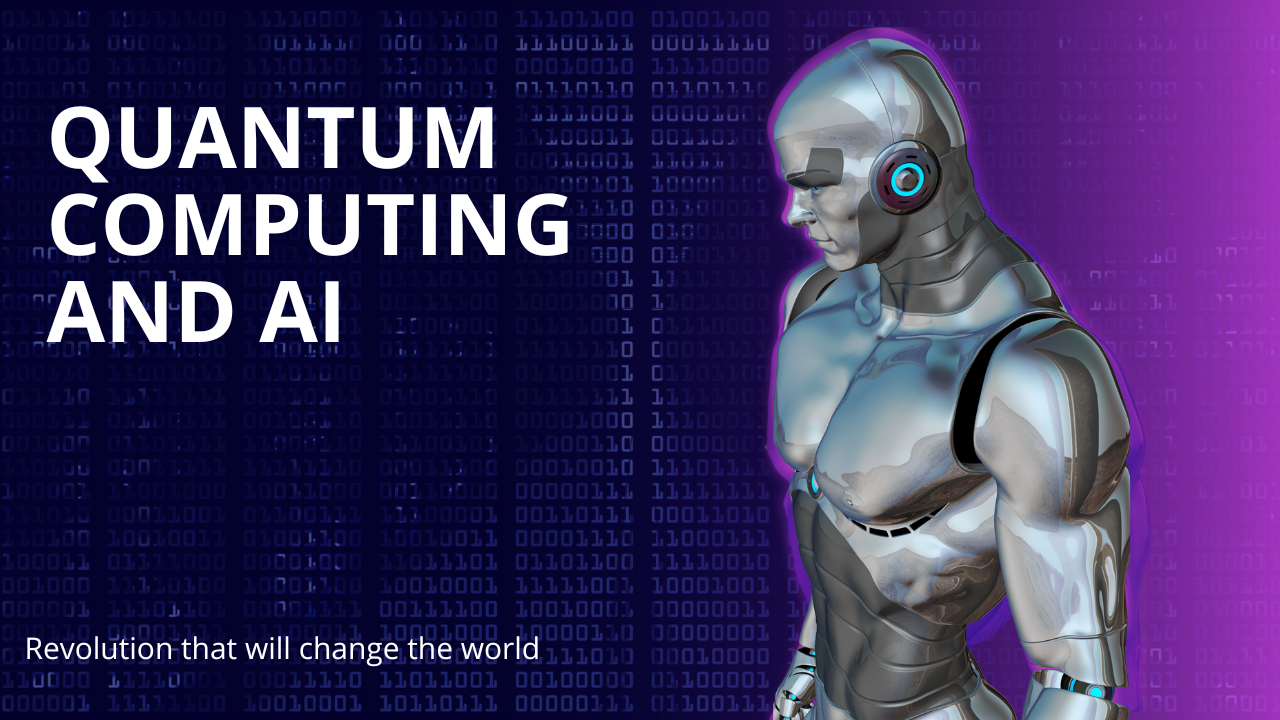In the age of rapidly advancing technology, Artificial Intelligence (AI) is playing a pivotal role in enhancing safety on our roads. One of the most promising applications of AI in this domain is the prevention of vehicle collisions and accidents. In this blog, we will delve into the various ways in which AI can be harnessed to make our roads safer for everyone.
The application of AI in preventing vehicle collisions is an exciting and evolving field. By harnessing the power of AI, we can reduce the number of accidents on our roads and save lives. Whether through advanced driver assistance systems, collision avoidance technologies, predictive analytics, autonomous vehicles, or improved road infrastructure, AI offers a wide array of tools to make our roads safer. As technology continues to advance, we can look forward to a future where road accidents are a rare occurrence, thanks to the ever-watchful eye of AI.
Advanced Driver Assistance Systems (ADAS)
ADAS is a prime example of artificial intelligence technology that has already permeated the automotive sector deeply. These devices provide drivers with real-time assistance through the use of sensors, cameras, and machine learning algorithms. Adaptive cruise control, automated emergency braking, and lane-keeping assistance are a few typical ADAS features. Together, these features reduce the likelihood of crashes by improving a driver’s situational awareness and, occasionally, recommending corrective action.
Collision Avoidance Systems
Advanced safety technologies known as collision avoidance systems (CAS) are intended to help prevent car crashes by identifying and reacting to possible hazards instantly. Modern cars are rapidly coming equipped with these technologies, which range from basic driver-assist features to more complex autonomous driving systems.
Collision Avoidance Systems have made significant strides in improving road safety by reducing the likelihood of accidents caused by human error, distraction, or delayed reactions. As technology continues to advance, these systems are becoming more sophisticated and are gradually paving the way for autonomous vehicles, where AI takes on an even more significant role in collision avoidance.
Sensors
To collect information about the environment around the car, CAS uses a range of sensors, including GPS, lidar, radar, cameras, and ultrasonic sensors. Essential information regarding other cars, pedestrians, barriers, road conditions, and traffic signals is provided by these sensors.
Object detection
The technology recognizes and categorizes things on the road using computer vision and artificial intelligence algorithms. This covers other automobiles, inanimate objects, cyclists, pedestrians, and animals.
Object Tracking
CAS monitors the speed, direction, and trajectory of objects it detects as they move. This data is essential for forecasting the likelihood of collisions.
Collision Prediction
To anticipate possible collision scenarios, AI algorithms examine data from sensors, object detection, and tracking. These forecasts consider the path the car is currently on as well as the motions of other roadside items.
Warnings and Alerts
The system has the ability to notify the driver when it senses an impending collision. These notifications could be displayed visually on the dashboard, audibly, or by haptic feedback, which vibrates the seat or steering wheel. Giving the motorist enough time to respond and make necessary corrections is the aim.
Automatic Emergency Braking (AEB)
When a collision is about to occur in a critical condition, the CAS has the ability to automatically apply the brakes in order to either avoid the crash or lessen its severity. AEB is a crucial component of many implementations of CAS.
Adaptive Cruise Control (ACC)
CAS frequently includes ACC, which modifies the speed of the car to keep a safe following distance behind the car in front of it. This function is particularly helpful in avoiding rear-end


 AI2 years ago
AI2 years ago
 Blog2 years ago
Blog2 years ago
 SpaceX2 years ago
SpaceX2 years ago
 Space2 years ago
Space2 years ago
 NASA2 years ago
NASA2 years ago
 NASA2 years ago
NASA2 years ago
 Space2 years ago
Space2 years ago
 Sports9 years ago
Sports9 years ago


